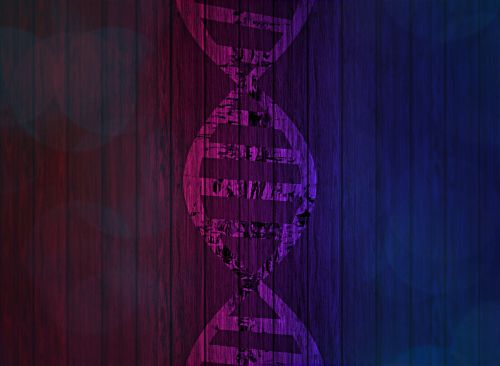As the novel coronavirus SARS-CoV-2 spreads across the world, it mutates, and scientists can track these mutations by sequencing viruses isolated from patients. These viral genomes can not only show how the virus moves through a population; it can also inform efforts to find a cure, for example by showing whether some mutations are more susceptible to certain treatments than others.
So far, thousands of SARS-CoV-2 genomes from all over the world have been sequenced and uploaded to Nextstrain, a global database that tracks pathogens. But only 82 of them are from Africa. Two sub-Saharan countries—Senegal and the Democratic Republic of the Congo—have contributed the lion’s share of the African genomes. Ghana recently added 15 sequences. The sub-continent’s wealthiest countries are underrepresented: South Africa has only contributed five sequences, and Nigeria one.
Some feel this is too little. Omeike Sunday, a microbiologist at Nigeria’s McPherson University, says that the dearth of genome sequences is an indication of African governments’ inability to adequately fund science. “African governments need to understand that public health and science should take priority in their budgets in addition to support from foreign partners could be key to stopping the next outbreak,” he says.
But Christian Happi, director of Nigeria’s African Centre of Excellence for Genomics of Infectious Diseases, which produced Nigeria’s first viral sequence—the first in sub-Saharan Africa—says it’s wrong to lay all the blame on governments. While admitting that the cost of acquiring capacity for genome sequencing is high, he believes that the technology is not beyond the reach of African research institutions. “Some of these institutions acquire expensive cars for their heads. The money spent on such cars would be enough to acquire capacities for genome sequencing,” he says.
Tosin Akinyinka, a genomics expert based at Georgetown University in the United States but originally from Nigeria says he considers logistics, not cost, a bigger challenge for efforts aimed at increasing the number of Covid-19 genome sequences in Africa. “Genome sequencing is relatively cheap and several countries in Africa can afford it,” he says.
Nigeria’s ACEGID has been providing genomics-guided insight to aid Nigeria’s response to other infectious diseases. It has previously provided genome sequences for Nigeria’s Ebola and Lassa fever outbreaks. It was able to produce its SARS-CoV-2 genome in just a few days, says Happi.
But virus sequencing has been put on hold in Nigeria since then, at least temporarily. The government’s priority for the country’s Covid-19 outbreak response is focused on improving and expanding access to diagnosis and increasing capacity for quarantine, says Happi “Hopefully we will get more sequences,” he says. “Provided we get all the samples from across the country, we should be able to give really deep insight into the viral evolution.”
These insights will only really become a top priority when treatments emerge for Covid-19, says Gerald Mboowa, a bioinformatics and genomics researcher at Makerere University in Uganda. This is because treatments may work better on some strains of the virus than others. “That is when we can talk about the virulence of the virus changing, as a result of mutations,” he says.
Still, there is a need to keep building Africa’s genomic capabilities, says Rotimi Fasimoye, a Nigeria-born postdoctoral research assistant in microbiology at the University of Dundee in Scotland. “We shouldn’t be depending on the West for support,” he says
Happi agrees. He notes that African countries and institutions need to build capacity that enable them to carry out studies that are of direct relevance to Africans, rather than leaving them at the discretion of the foreign owners of such facilities. “Look at Guinea. The index case for Ebola virus disease was a baby. But because there is no genome sequencing facility in the country, they had to send the sample to France and it took several days before the result could be obtained. By then, it had already spread,” he says.
Image credit: Eastlandtunes (pixabay.com)
